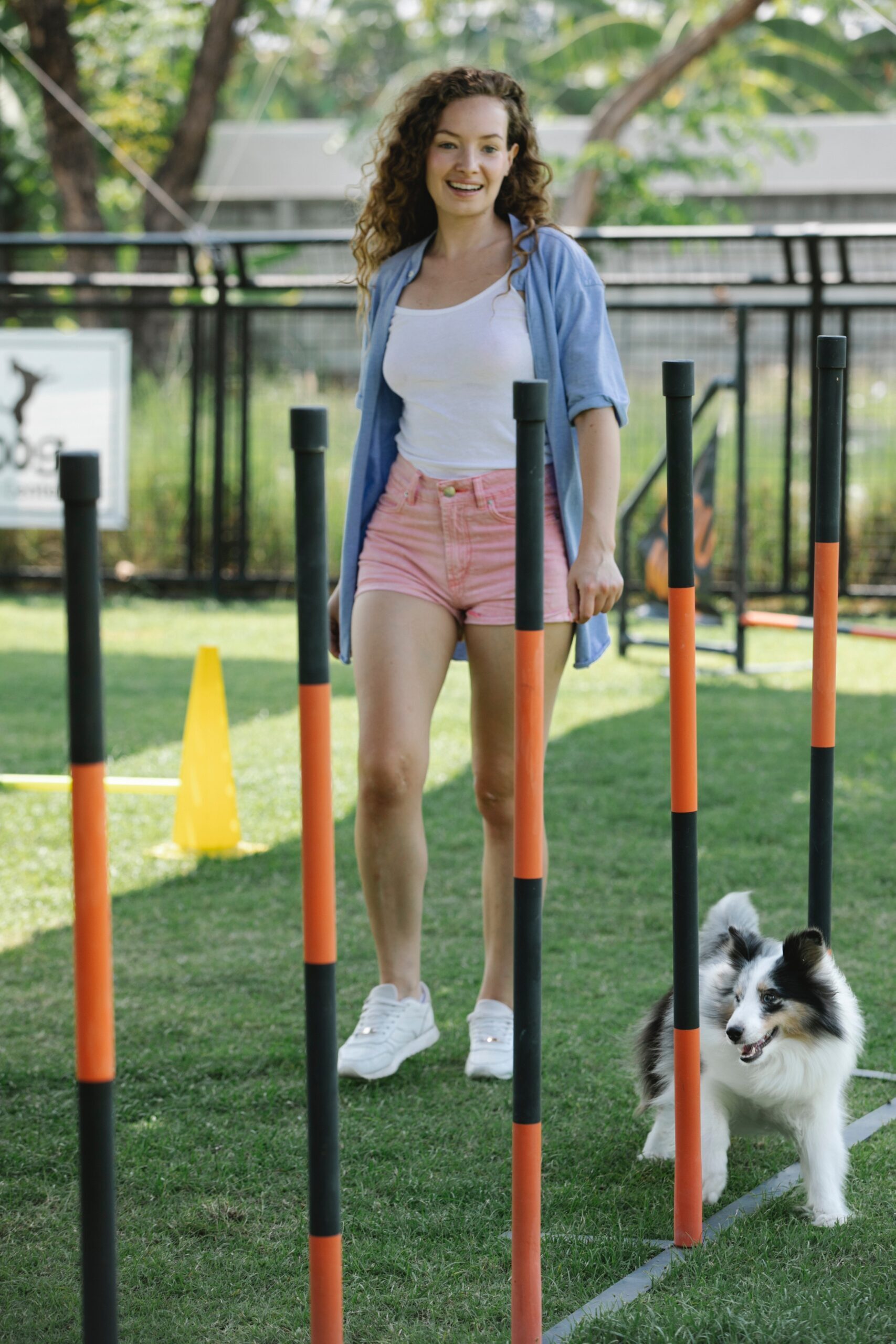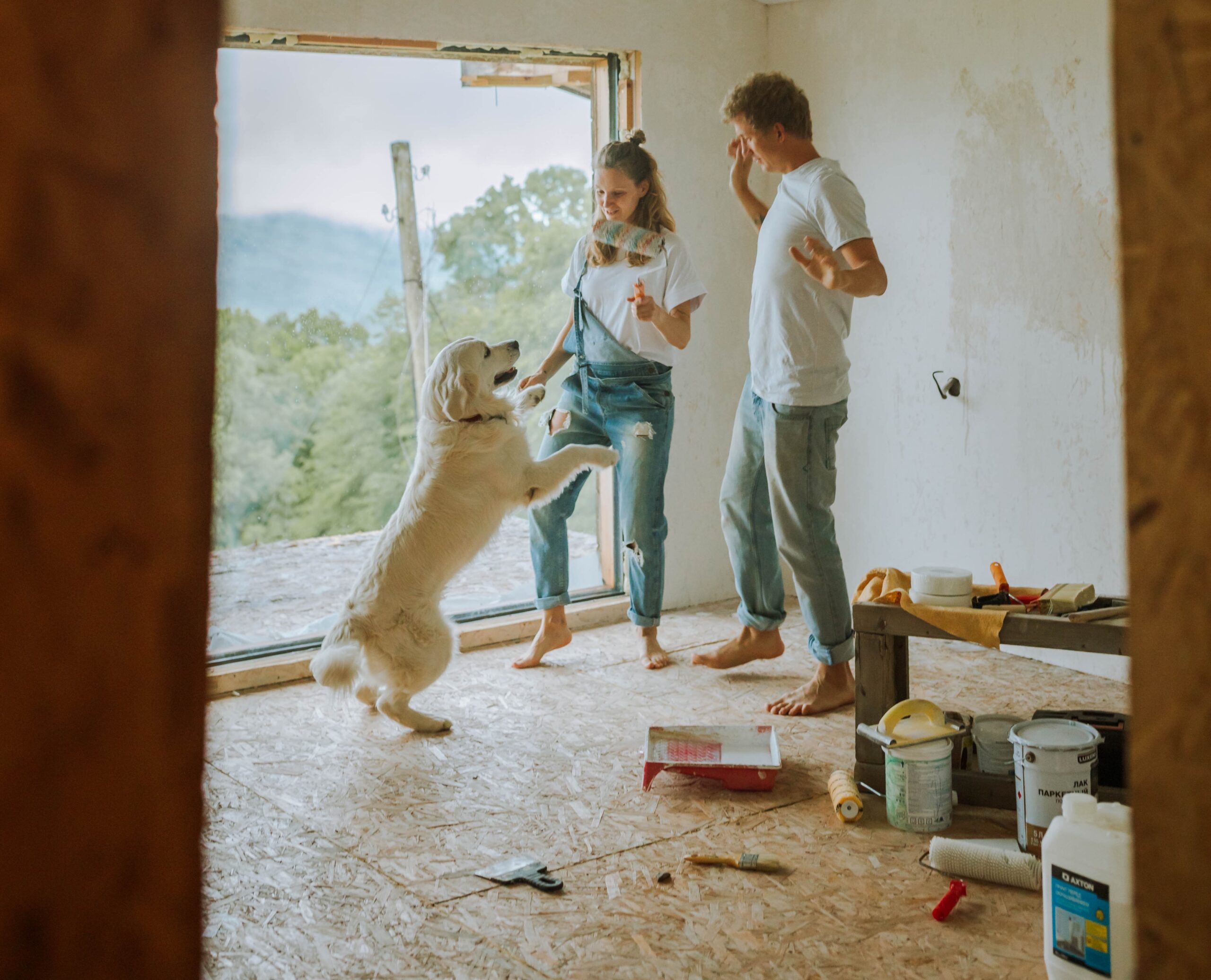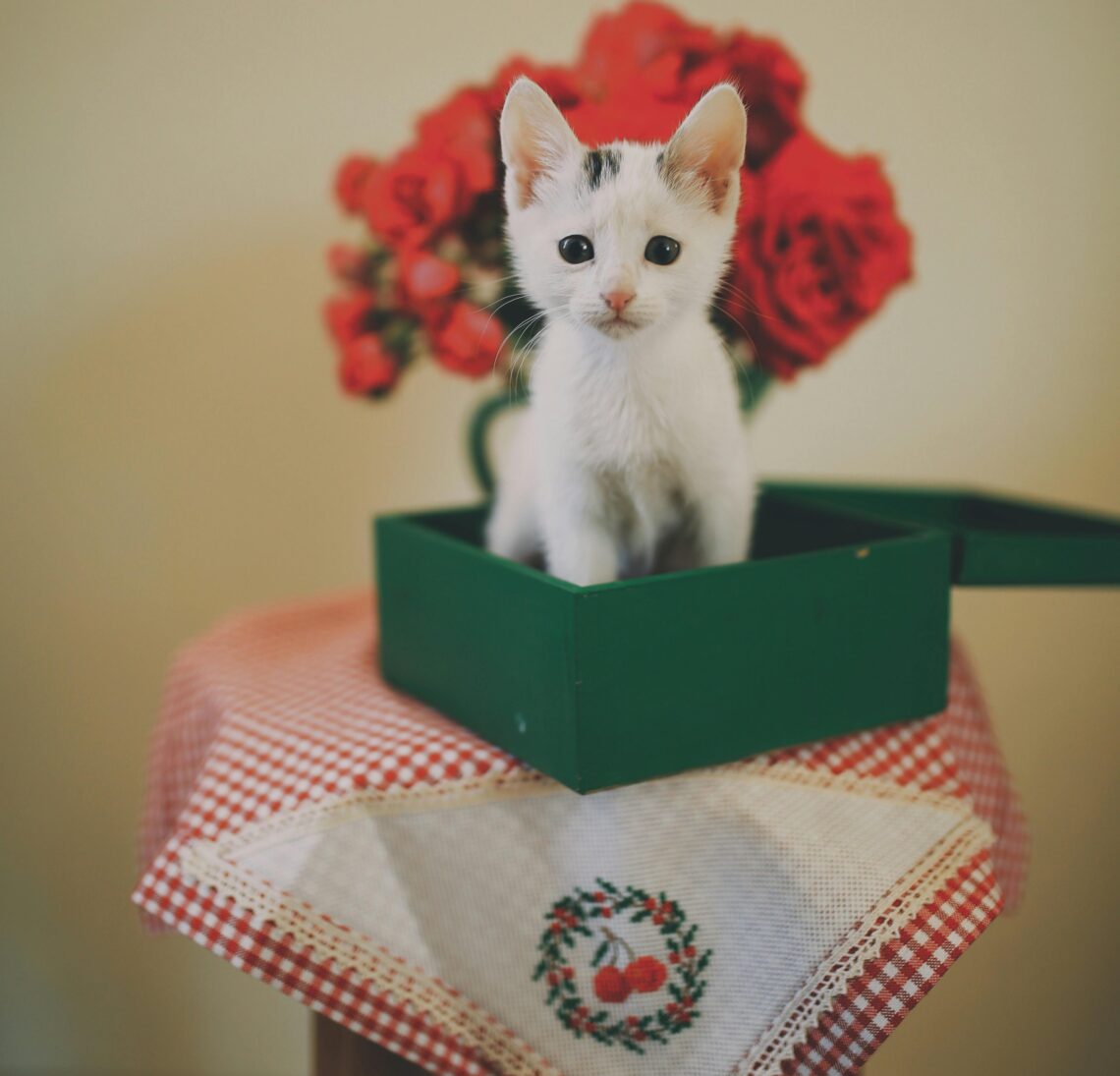
How to train your cat for litter box? Very easy steps, tips, and training
Why litter training is needed for cat?
Litter boxes not only simplify cleanup but also provide cats with a peaceful area to relieve themselves, which promotes their mental and physical health. Litter gives cats privacy. It also helps you to clean the environment.
Requirements for litter training:
To train your cat to use the litter box, you will need to purchase some essential supplies. These include a litter box, cat litter, and a sifting litter scoop. Litter boxes come in different designs such as covered areas or corner boxes to provide privacy and save space. Clumping litter is the most widely used and practical type, as it clumps together when wet.
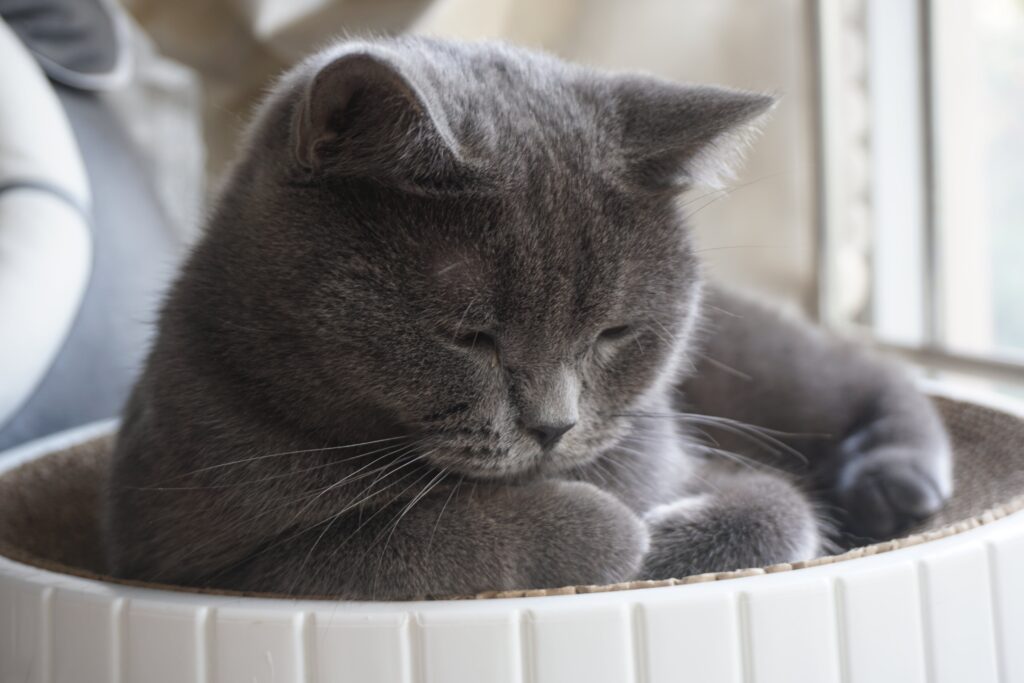
Additionally, a sifting litter scoop is a useful tool because it allows you to remove the mess without replacing the entire litter every day.
The size of the litter box for your cat depends on its breed, age, and weight. To ensure your pet can move around and dig comfortably, it’s recommended to choose a litter box that is at least 1.5 times as long as your cat. This way, your cat can spin around and dig comfortably in different locations.
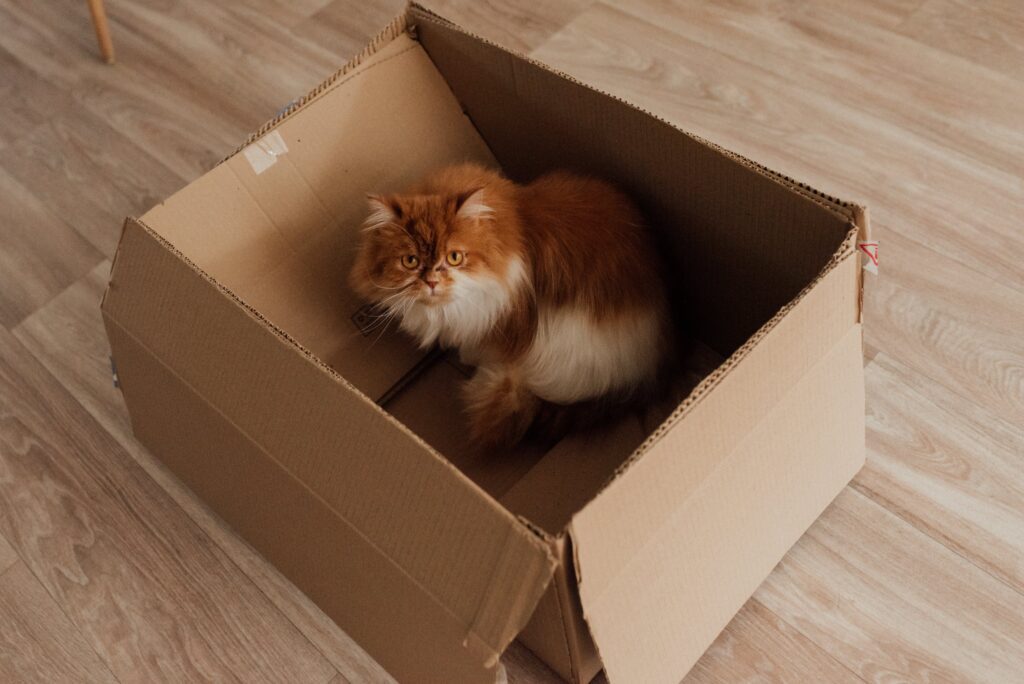
Age of litter training
You can train cats for litter training at age of 4 weeks.
There are certain steps to train cat for litter.
- One of the primary steps in training a litter box is to position it correctly. Most cats prefer a quiet and private area for their business. It is also essential to choose a location that is away from your pet’s food and water sources, as cats often don’t like to defecate in the same area where they eat. If the litter box is too close to their feeding bowls, some cats may refuse to use it.
- Once you have found the ideal spot, add about two inches of litter to the bottom of the box. Cats like to cover their feces, so ensure that there is enough litter for them to do so comfortably. When the box is prepared, let your cat inside to allow them to become accustomed to the sensation and scent of the litter. If they don’t go gone right away, though, don’t panic. Certain cats could require several minutes to “go.”
- Keep your cat in the box and put it there many times a day. The hours just after your pet has eaten are the most crucial times of the day. Cats will actually need to go virtually right away after eating. If you see your cat defecating anywhere else, stop them and bring them to their box. Give them praise whenever they use the toilet in the box.
- You might need to relocate the litter box or switch up the kind of litter you’re using if you’re having trouble teaching your cat to use it.
If your cat is refusing to use litter box, there can be following reasons:
If your cat is not using their litter tray, it’s crucial to take immediate action. The first step is to see your veterinarian to rule out any underlying medical conditions that might be causing this behavior.
Stress or tension:
Tension is one of the primary reasons behind cats’ mishaps within the home. If your cat is under stress, they may not use their litter tray, and it’s essential to take this seriously. Please visit our pet care pages to learn more about ways to keep your cat from being anxious.

Disease Condition:
Disease can also be a reason why your cat is not using their litter tray. If you notice that your cat has a urinary tract issue, such as urinating outside of the litter tray, you must take them to the veterinarian for treatment. Ignoring this could lead to severe health issues for your cat. If your cat appears to be having a urinary issue, you should take them to the veterinarian for treatment.
Age:
It is crucial to keep in mind that very young kittens may not know how to use the litter tray if their mother hasn’t taught them. Similarly, elderly cats that are not used to using a litter pan may resist using one, especially if they are used to going outside to do their business.

Location of trays:
The location of your cat’s litter tray is of utmost importance. Our veterinarians strongly recommend having at least two trays in a quiet area of the house, away from their food and water sources.
Litter material:
It’s important to note that cats are picky creatures, and this applies to the kind of litter and litter tray they use. If you’re having trouble getting your cat to use the litter tray, it could be because they don’t like the type of litter you’re currently using. Some cats may prefer clumping sand-style litter, while others may prefer gravel. Additionally, cats may also have a preference for the type of litter tray they use. Some may prefer trays with higher edges, while others may prefer conventional or covered trays.



